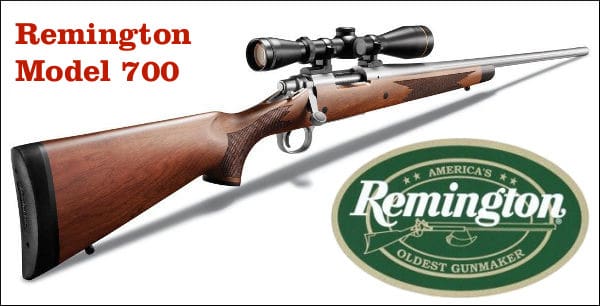Reader Tim Olmstead writes:
As you’ve probably heard, Remington Arms, the oldest gunmaker in the United States, has filed for bankruptcy. It appears they won’t be closing their doors. Most reports indicate they’ll just be able to shed most of their debt. As a result, you’d have to think that selling off or even shuttering some brands will be part of the restructuring.
Aside from the financial restructuring, what about their core products?
Well, if modern history is any guide, they could stand to learn a thing or two from Savage.
Anyone who reads David Petzal’s columns in Field & Stream will have probably heard this one already, but we’ll just go ahead and rehash it for those who haven’t. Back in the 1980s, Savage Arms was facing a crisis. They were foundering, headed for a complete shut-down.
At the time, they had a number of different products but hardly any of them sold worth a darn and quality wasn’t up to their previous standards. By 1988, they were hemorrhaging cash to the tune of almost $25 million per year, according to Field & Stream.
Newly hired CEO Ron Coburn asked if they had any products that were actually worth a darn.
He was told that the 110 bolt action rifle was pretty good so they focused on that. They were determined to make it as accurate as humanly possible and sell it for a competitive price.
A couple decades later, they added the AccuTrigger. And they didn’t have to wait for a lawsuit compelling them to revise the safety features. All these years later, the 110 is still the core of their business. It’s still one of the most accurate off-the-shelf rifles you can buy today for its price point. And that price point is still very reasonable.
Despite dozens of models on Big Green’s roster, Remington’s bread is buttered by a relatively few guns. The 700 and 783 bolt action rifles, the 870 pump and 1100 semi-auto shotguns (though the VersaMax and V3 sell well too) and the odd 7600 for good measure.
After they emerge from bankruptcy protection, they need to go on a diet. Spin off a few brands that aren’t performing (hopefully they let Para be Para again) and focus on their core models. Presto – they’ll have a decent business plan. Re-focusing on quality and customer service, they’ll a core of the half dozen or so guns that work and that the public wants to buy.
Except there’s a looming problem on the horizon.
The number of hunters is declining, and has been declining for some time. And while Remington offers a variety of variants on their base models, hunters make up a significant portion of the market for 700s, 870s, 1100s, and 783s and 7600s. Oh, and VersaMaxes and V3’s, too. There are exceptions, of course, but the non-hunting crowd tends to buy more guns that are tactical, not practical. That or they buy competition-specific firearms.
So a newly lean Big Green will have to figure out how to fit in more with today’s gun buyers, those who aren’t hunters. How will they do that when they’re seen as more of a go-to brand for the folks who have reasons to wear camo? They’ve apparently been working on that lately.
And they’ll need to do more to appeal to the modern gun-buying public while keeping their loyal hunter base. Because if they can’t, this might not be the last time we see them file.
Tim lives in the Spokane area. He grew up around guns and the outdoors and spends as much time around both as he can.
